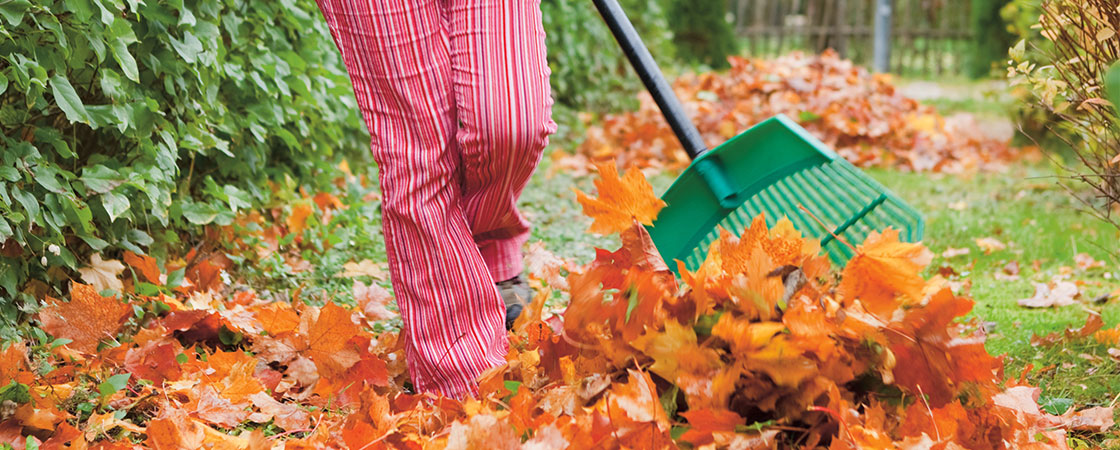All the leaves have turned to cornflakes.
It looks as if some giant’s baby brother
had tipped the box
and scattered them upon our lawn—
millions and millions of cornflakes—
crunching, crunching under our feet.
When the wind blows,
they rattle against each other,
nervously chattering.
We rake them into piles—
Dad and I.
Piles and piles of cornflakes!
A breakfast for a whole family of giants!
We do not talk as much as we rake—
a word here—
a word there.
The leaves are never silent.
Inside the house my mother is packing
short-sleeved shirts and faded bathing suits—
rubber clogs and flippers—
in a box marked SUMMER.
We are raking,
Dad and I.
Raking, raking.
The sky is blue, then orange, then gray.
My arms are tired.
I am dreaming of the box marked SUMMER.

